October 11, 2021 - Monday
The Dance of the Seasons
“I'm so glad I live in a world where there are Octobers.”
~L.M. Montgomery, Anne of Green Gables
Autumn is in full bloom on the prairie. “I’m so glad I live in a world where there are Octobers”. The tiny green shoots of spring have entertained us with their dazzling dances over the past months. The great Choreographer of “The Dance of the Seasons”, has yet again outdone Himself. Dance after dance, all of creation shouts His praise. It is time for the curtain call… when the world joins in with nature, under the warm October sun, with a standing ovation of praise!
Let the rivers and streams clap with applause as the mountains rise in a standing ovation to join the mighty choir of exaltation. (Ps 98:8, TPT)
Jesus responded, “Listen to me. If my followers were silenced, the very stones would break forth with praises!” (Luke 19:40, TPT)
Flowers
The Dahlia’s have wooed us with their bright and brilliant blossoms. The Canna bulbs my neighbor shared with me have gradually outgrown each member of our family, and demand our admiration with their vibrant red blossoms that continually bloom from summer through fall. The simplicity of the Soapweed yucca in their shadow, is no less remarkable. While the Canna prepare to take the summer stage, the yucca shines in the spring delicately adorned with white blossoms intentionally placed amid the thorns. Our Endless Summer hydrangeas joyfully welcome guests to our country home as they border the front porch with their unending pink blooms. The bees and butterflies that inhabit the pollinator garden, flit among the salvia, bee balm and Black-eyed Susan’s, while faithfully and dutifully collecting its veiled treasures.
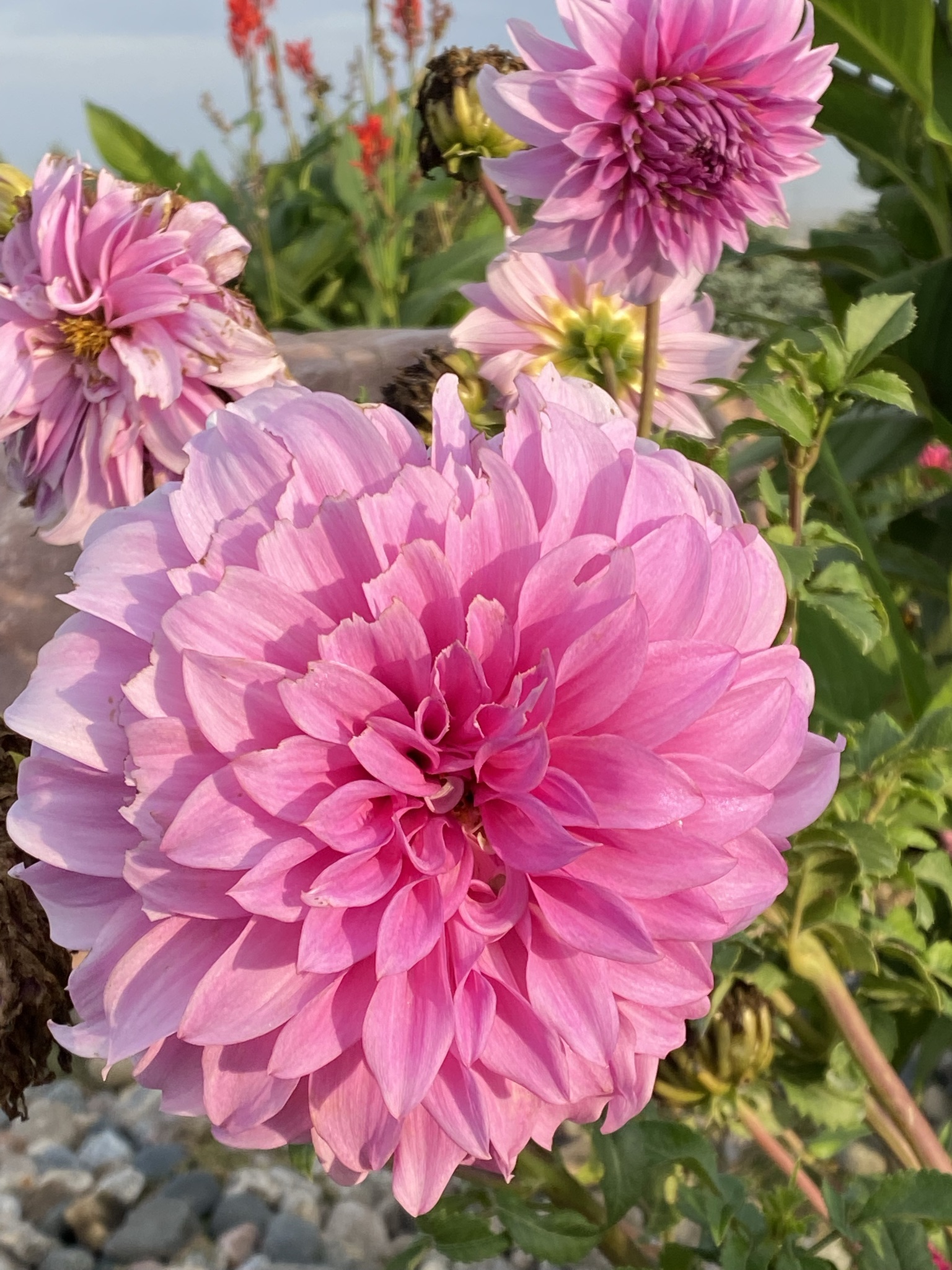

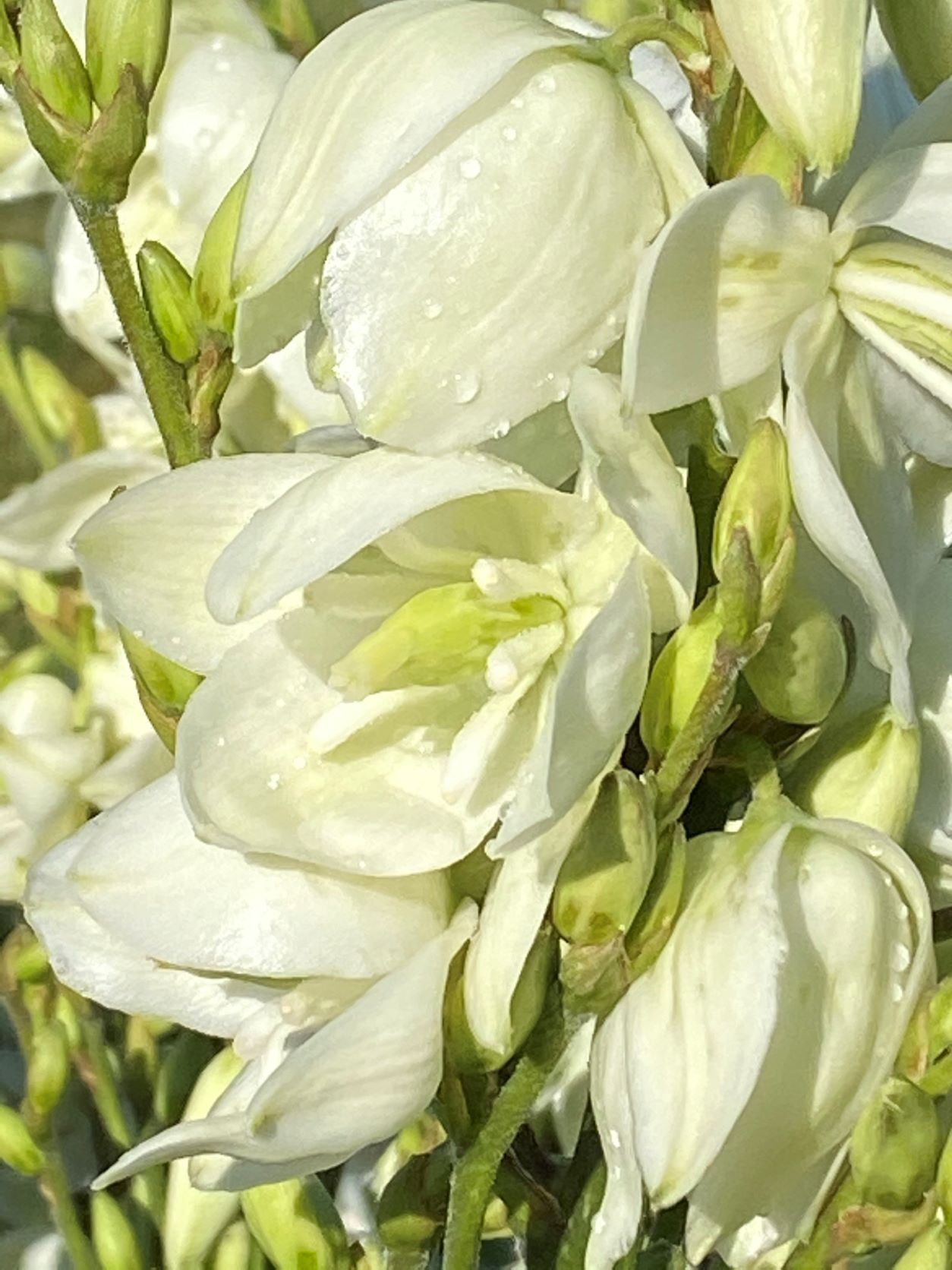
The toxic milkweed leaves that once lodged tiny Monarch eggs, also sustained and nourished its hatched occupants, all while providing them with predator fighting capabilities. The lilac scented pale pink blossoms of the milkweed, supply nectar to the transformed aerial acrobats dressed in wings of orange and black. The dance of the “Monarch and the Milkweed” is spectacular and not to be missed. “The Pilgrimage” is their final dance of the season and involves 1000’s of miles of travel to the forests of central Mexico where they overwinter. Next spring we will wait in anticipation for their homecoming and will reserve front row seats by nurturing the milkweed that these weary dancers depend on.

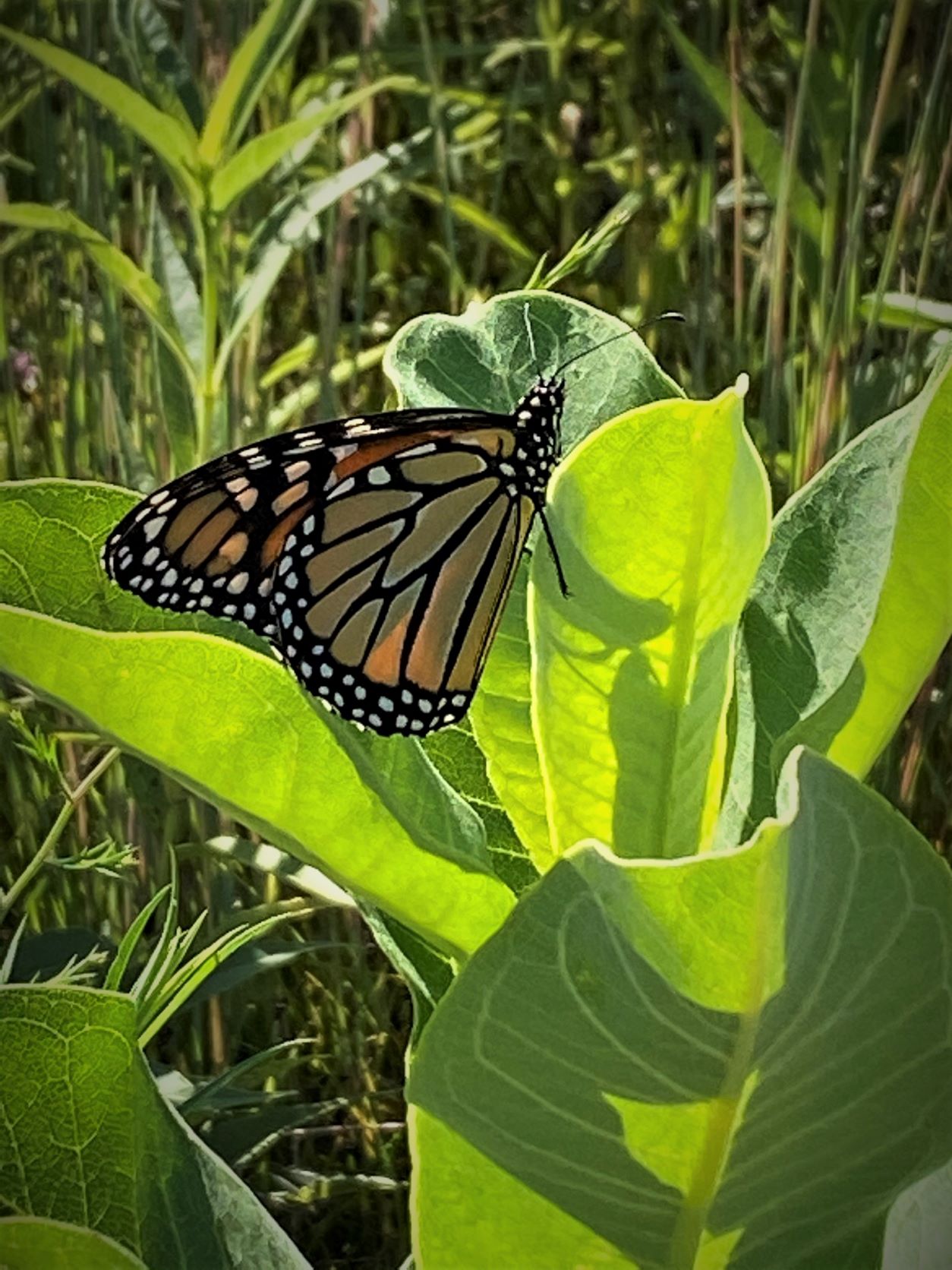
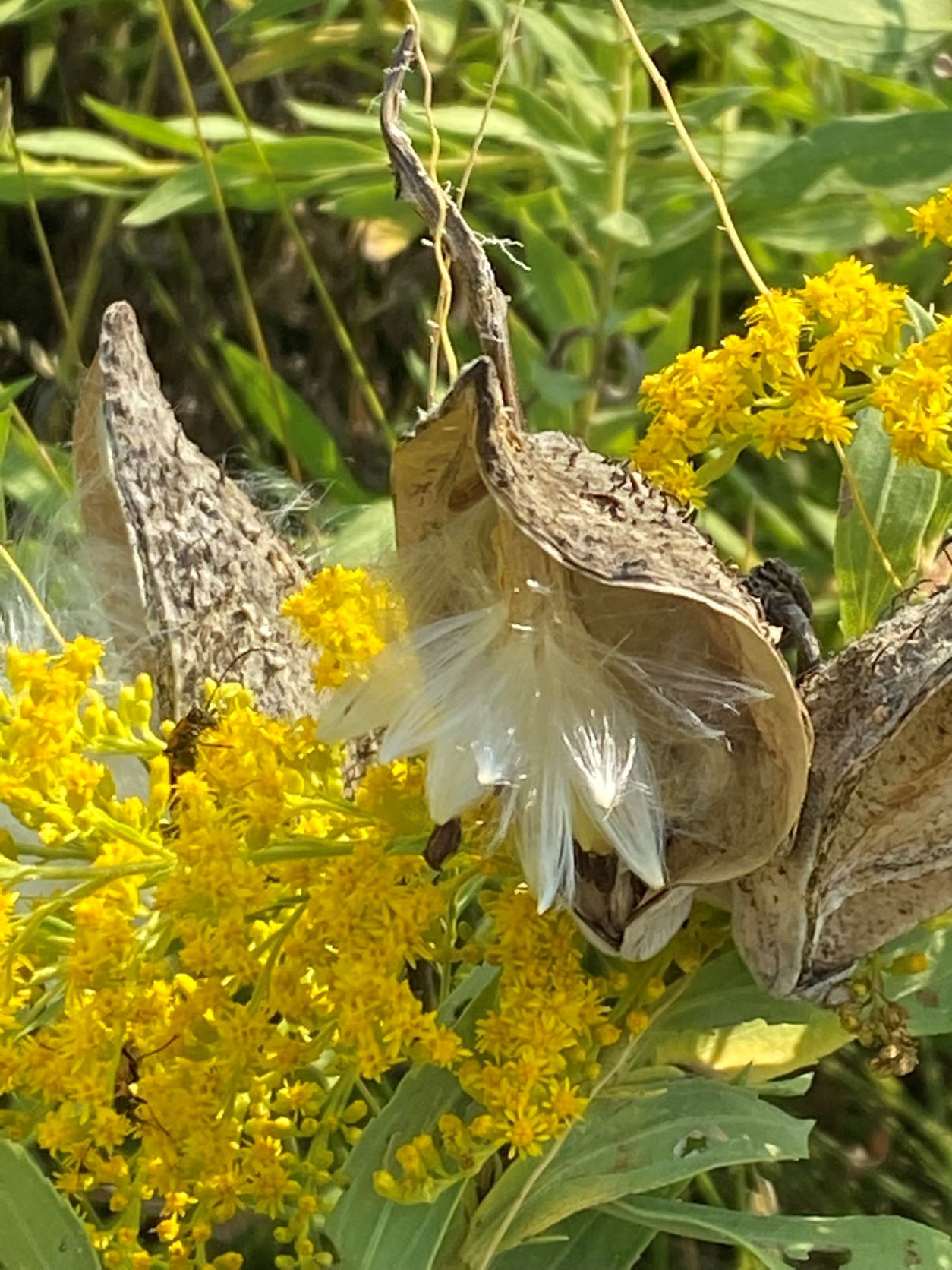
“I love my garden and love working in it.
To potter with green growing things,
watching each day to see the dear new sprouts come up,
it is like taking a hand in creation I think.”
~L.M. Montgomery, Anne’s House of Dreams
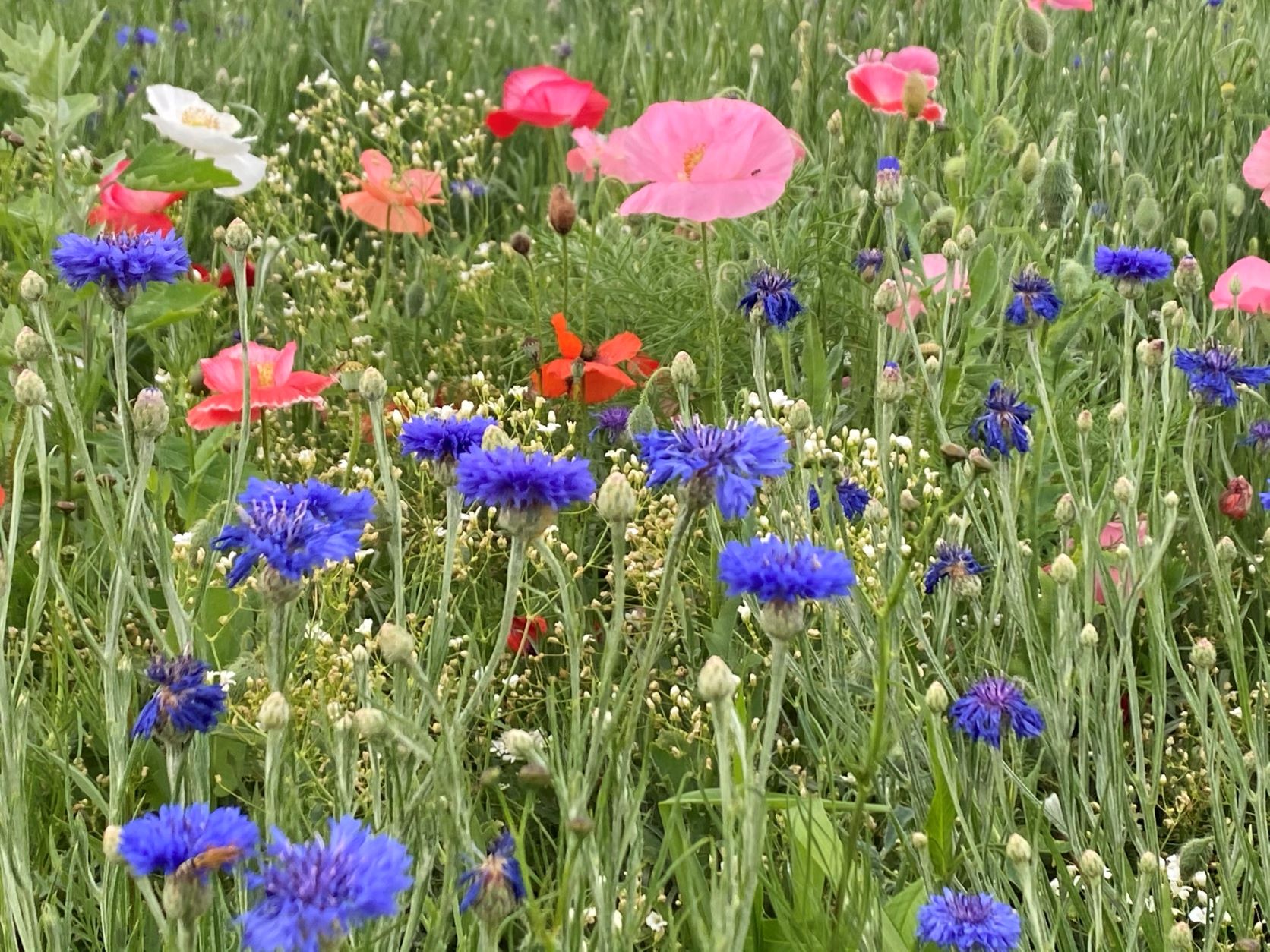
Vegetables
Flower gardens nourish our souls and our planet, while vegetable gardens nourish our bodies. Under the warmth of the Midwest sun, our vegetable garden has produced a colorful bounty of tomatoes, cucumbers, kale, chard, beets and carrots. I have been challenged to learn the art of preservation. Fermented Sour Dill Crock Pickles have become a favorite in our home. Consuming rows of refrigerator space, they will provide a taste of summer throughout the long winter months.
In a feeble attempt at a Native American inspired “Three Sisters Garden”, I planted corn, pole beans and squash together on mounds. Theoretically, this trio dances beautifully together as the beans weave circular patterns around the corn trellis, while the squash vines cover the ground shielding the soil from weeds and decorating the stage with vibrant blossoms and fruit. Despite living in the midst of corn country, and having a corn stalk literally sprout from my bathroom sink last fall (a result of little hands that dropped a kernel down the drain) – corn proved to be among the most difficult of crops to grow, and thus the pole beans had nothing to climb. The pumpkin vines that bordered the mounds produced a handful of sweet pie pumpkins we will make into pies. I am grateful to not be dependent on the production of my garden for survival, unlike the Natives who once cultivated this land.
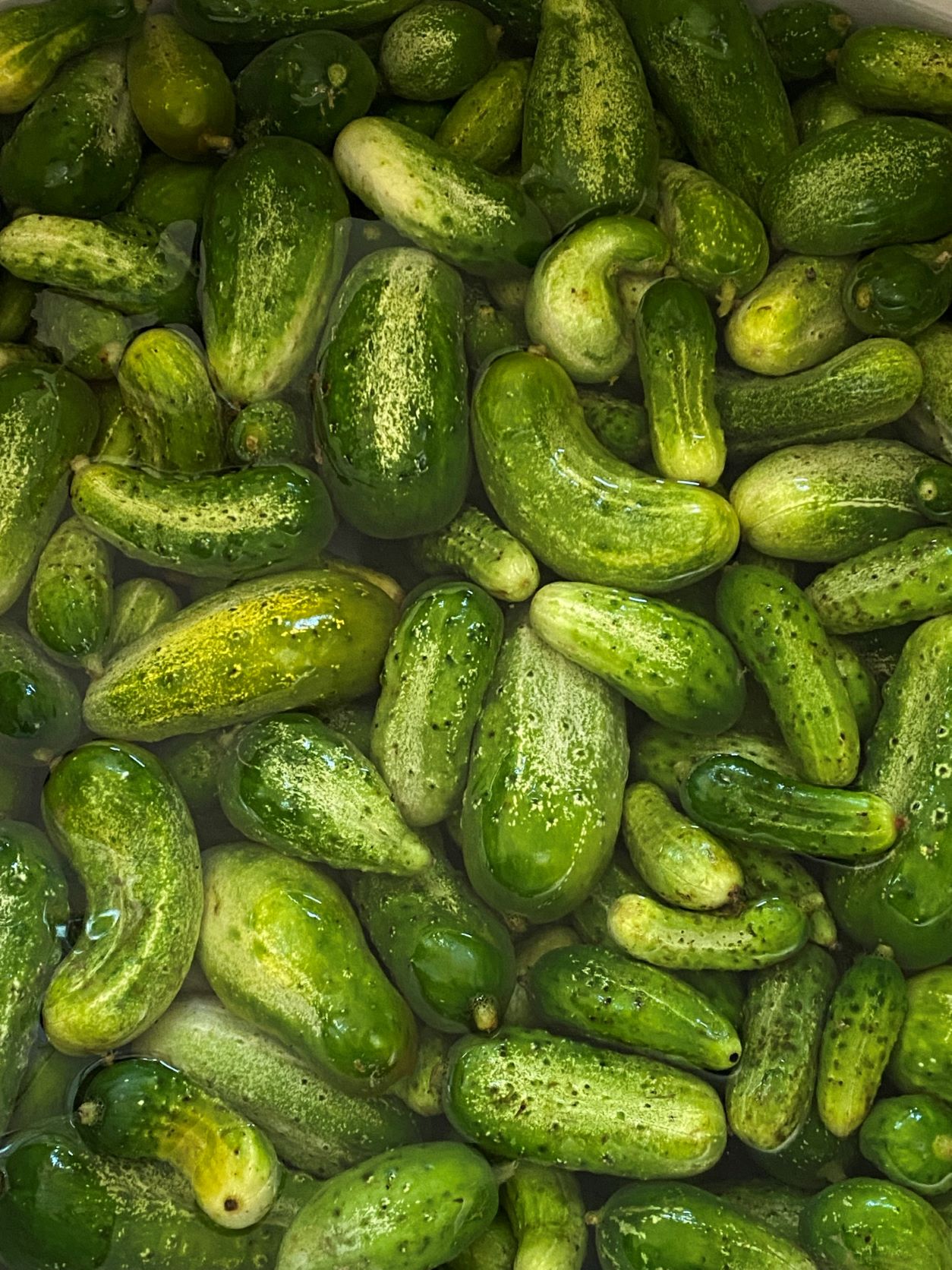
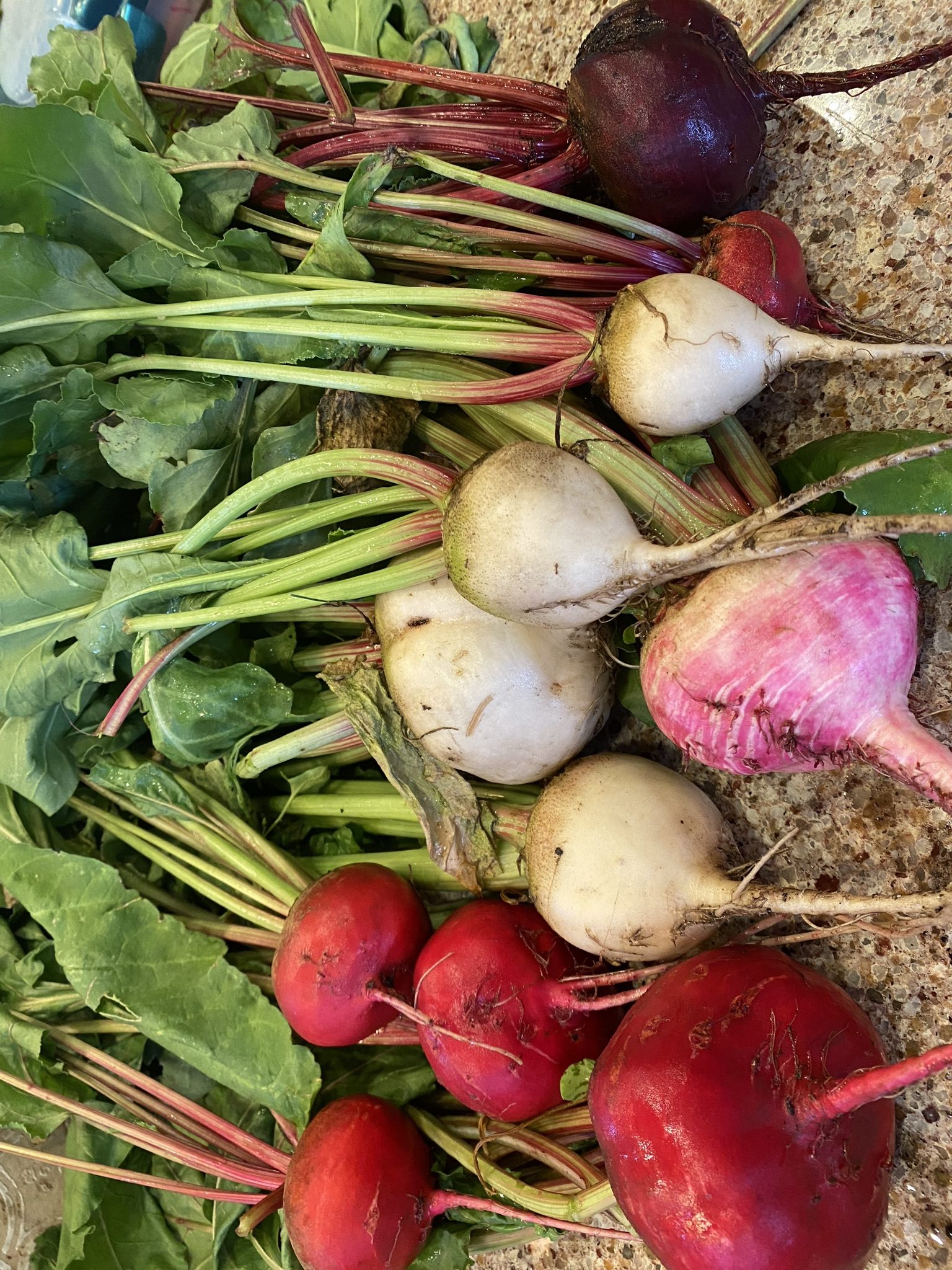
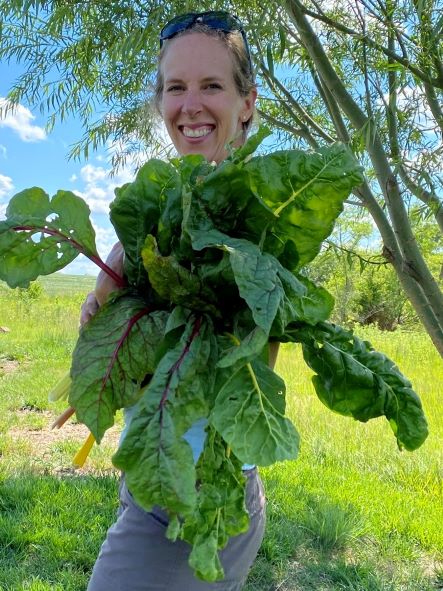
From summer flowers to autumn seed pods – the dancers of spring, summer and autumn, gracefully leave the stage in preparation for next year’s performance. As the dancers prepare to take their final bow before the curtain closes for the season, the final applause is saved for the prairie grass. Its magnificent dancers have whispered to us the story of their journey from expansiveness to survival to restoration. Their story echoes that of the bison and Natives it once danced with. Of all the dancers, I am most taken by the prairie grass.
Prairie Grass
We live in a place that was once defined by tallgrass prairie. It is hard to imagine a time before corn and soybeans – though I try. Oh how my heart longs to see the untouched prairie before the settlers arrived. Impossible. I know. As we wandered the historic Ingalls homestead in DeSmet, SD last month, I stumbled upon a quote tucked away in the corner of a barn that spoke directly to my heart.
“No living man will see again the long-grass prairie, where a sea of prairie flowers lapped at the stirrups of the pioneer. We shall do well to find a forty here and there on which the prairie plants can be kept alive as species. There were a hundred such plants, many of exceptional beauty. Most of them are quite unknown to those who have inherited their domain.”
~ Paul Gruchow
The wagon wheel trails that were etched into the history of the prairie, forever changed the landscape. We will never see again the tallgrass prairie of the early settlers. The prairie that once swept the plains, has now been swept away. “The prairie grasslands are now considered North America’s most endangered ecosystem (Ohio State)”. According to the World Rangeland Learning Experience, “the tallgrass prairie historically occupied approximately 150 million acres, with only 1-18% remaining (wrangle). The impact of one generation of pioneers, can be challenged by a new generation of pioneers. We should never underestimate the impact one generation can have.
One of my most relied upon scriptures is Romans 12:2 “do not be conformed to this world, but be transformed by the renewing of your mind”. It is so easy to look at the world and accept it for what it is. We may long for something better, but simply leave it at that… a longing. Pioneers don’t simply long for change, they encompass change.
And do not be conformed to this world, but be transformed by the renewing of your mind, so that you may prove what the will of God is, that which is good and [c]acceptable and perfect. (Rom 12:2, NASB)
Pioneers are far from settlers. They may have settled the land, but only because they first paved it. We will never again see the tallgrass prairie of our ancestors, but that doesn’t mean we have to give up. We must refuse to settle for a disappearing prairie, and we must pave new paths.
In the quote above, Gruchow urges people to find forty acres here and there on which to plant prairie plants and take part in keeping alive this now endangered species. I feel blessed to live on five acres of land, much of which we have dedicated to prairie restoration. In conjunction with our neighbors, together we have reestablished acres of prairie grass. Between our eight homes we have found our forty to keep the prairie plants alive!
The prairie is always full of life and beauty, from grasses to flowers to animals. The four main grasses of the tallgrasses prairie are Indiangrass, Switchgrass, Big Bluestem and Little Bluestem. The tallgrasses rivals our decorative Canna for height, reaching upwards of 6 feet tall, while its roots can dig down 12 feet (FWS). I have heard the underground workings of the prairie referred to as the “upside down forest”. The dance of the prairie is a dance of intricate balance, depth and strength, reminiscent of ocean waves.
This past spring we had the honor of taking part in our first prairie burn, and were thankful for neighbors who had prior experience. The “Prairie Fire” dance is humbling and powerful, and a fast paced dance that leaves the stage charred and momentarily lifeless. By late spring the dancers peek their tiny heads from the black stage and bravely emerge to welcome the spring. Like magic the prairie returns – full of life, beauty and history, a perfect depiction of beauty from ashes (Isa 61:3, NIV). The autumn prairie is again “ablaze” as the grasses retire their summer attire of greens and blues, for autumn inspired hues of bronze, gold, red and yellow, all embellished with tiny seeds. The fluffy white downy seeds of the Little Bluestem, takes center stage as the sun sets and glowing white seeds foretell the story of winter frost on the heels of autumn.
…to bestow on them a crown of beauty instead of ashes, the oil of joy instead of mourning, and a garment of praise instead of a spirit of despair. They will be called oaks of righteousness, a planting of the Lord for the display of his splendor. (Isa 61:3, NIV)
Today… we are seed collectors. With buckets in tow, my husband invites us outside to collect seeds. As we walk among the grass and slide our fingers upwards over the blades, the seeds willingly surrender into our hands. There is more prairie to be planted… we will settle this land as we blaze new trails. We will take our part in history so that perhaps one day, my grandchildren will have front row seats for “The Prairie Dance”. This is life. This is homeschool.
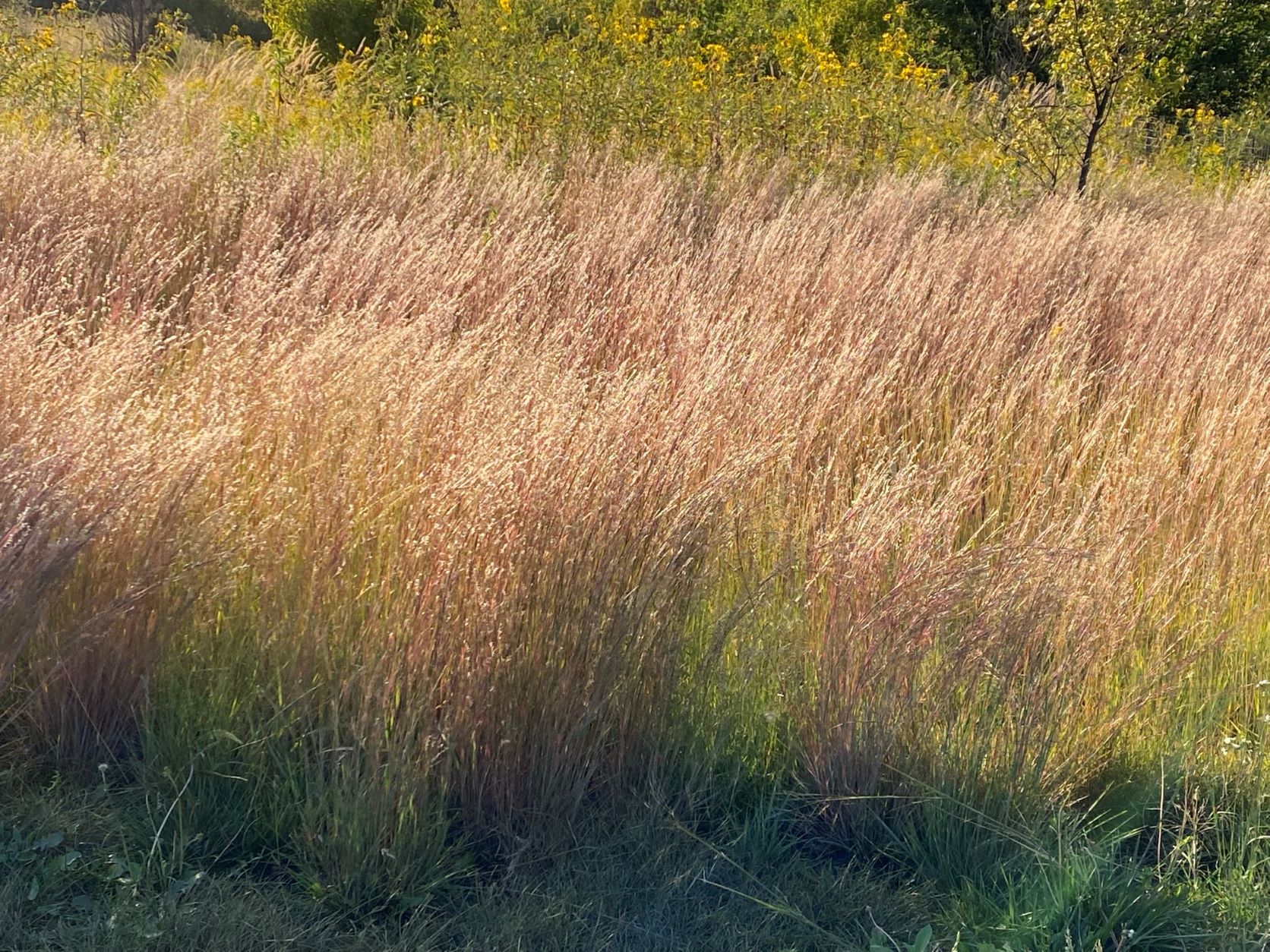
We must always ask ourselves how to be pioneers in a world of settlers. What can we do each day to not conform? How can we stand for something that matters? Something our grandchildren will one day thank us for? The best time to plant a tree was 20 years ago… the next best time is today! Let us be a generation that leaves the marks of our wagon wheels etched into history!
